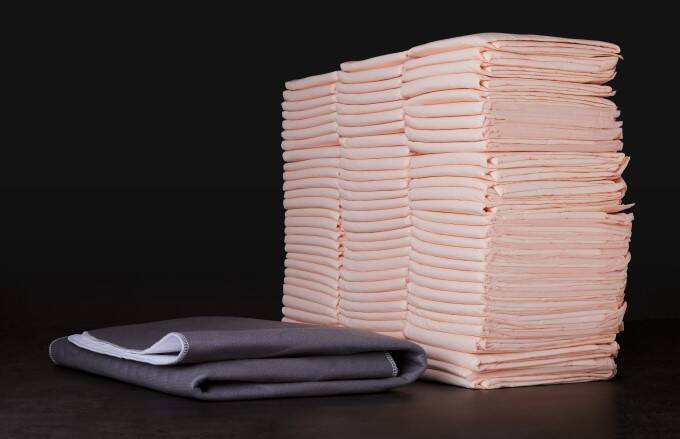September 24, 2020
Reusable Isolation Gowns Dramatically Reduce Environmental Footprint

The American Reusable Textile Association, or ARTA, recently published a life cycle assessment of isolation gowns. We share their findings with permission.
DOWNLOAD: Reusable Isolation Gowns Environmental Footprint Infographic
Isolation Gown Life Cycle Environmental Results
Isolation gown life cycle results continue the conclusions from six other reusable/disposable gown/coverall studies that show reusables provide a significant improvement when compared to disposables in energy, environmental footprint, blue water, and energy associated emissions. Blue water represents water that is used and not returned to the source, and thus represents depletion of a fresh water source.
Environmental Cradle-to-End-Of-Life Cycle
Isolation gowns were studied thoroughly from material extraction from the earth, to the manufacture of the gown product, to use/laundry/reuse, to final end-of-life. This scope and the results emphasize transparent, science-based life cycle analysis.
Results Can Be Customized to Similar Products
The life cycle results are easily tailored to individual companies with similar products. They can expand on this report for their own specific products that might have differences and thus save money on any new life cycle.
The ARTA-IAHTM Isolation Gown LCA was funded by the ARTA Life Cycle Assessment Committee. Read the complete study in the August 2018 issue of the American Journal of Infection Control.
DOWNLOAD: Reusable Isolation Gowns Environmental Footprint Infographic
Related Content

Reusable Surgical Gowns Show Significant Environmental Improvements Over Disposables
Surgical gown life cycle results continue the conclusions from six other reusable/disposable gown/coverall studies that show reusables provide a significant improvement in energy, environmental footprint, blue water, and energy associated emissions.

Examining Environmental Footprints: Reusable and Disposable Incontinence Underpads
A recent study published in the Journal of Nursing Care Quality aims to support clinicians’ knowledge to include environmental sustainability in decisions regarding patient care and reusable versus disposable incontinence underpads. A life cycle analysis was conducted, including soiling, reusable cycles before removal, supply chains, laundry use, and end-of-life environmental impact.

Why Reusable Underpads? Talking Points for your Team
Equipping your team with more knowledge about reusable underpad solutions can help you determine the best approach for your facility.